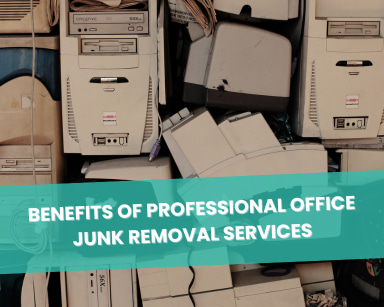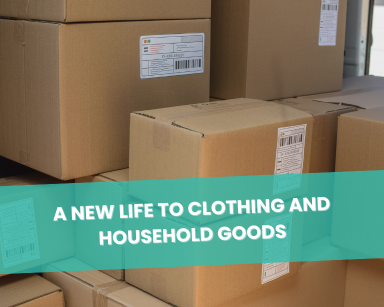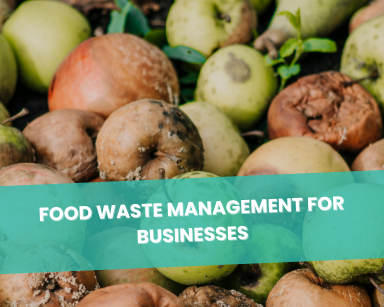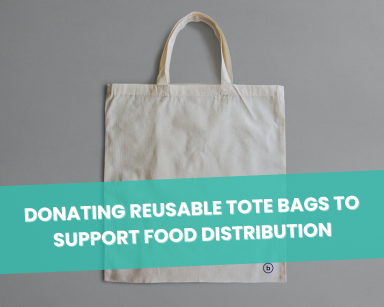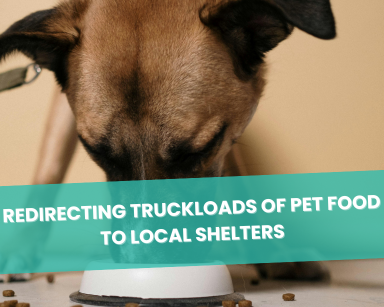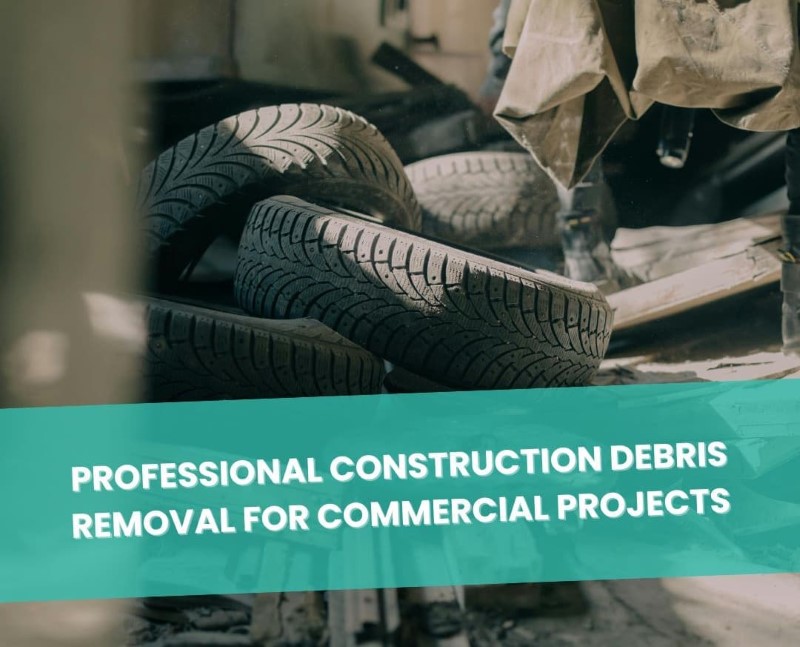The Surprising Advantages of Cleaning Up Your Amazon Inventory
Imagine your Amazon inventory warehouse overflowing with unsold stock, like a ticking time bomb of waste and lost revenue. You’re not alone. Businesses, eager to capture market share, often end up with a glut of products, leaving them scrambling to liquidate Amazon inventory. But what if liquidation isn’t your only option? What if the very items collecting dust could be turned into gold, not just for your bottom line but for the planet too?
Introducing Beneficial Reuse, a transformative, sustainable approach that goes beyond traditional liquidation, unlocking financial, environmental, and social advantages you never even considered. Welcome to the circular economy of the 21st century, where your surplus doesn’t just benefit your business, but society as a whole.
Table of Contents
Understanding the Gravity of Surplus Amazon Inventory
The digital marketplaces burgeon with items, and not all find a home. Annually, millions of products on Amazon remain unsold. When these undesirable items are simply discarded, they exact a heavy toll – both environmentally and economically.
The Vast Landscape of E-commerce Overstock
The digital era has brought about unprecedented growth in e-commerce, and with this surge, the volume of overstock has expanded dramatically. Often, businesses grapple with the challenge of over-estimating demand, leading to a buildup of surplus products.
This issue is further magnified during promotional seasons and sales, where businesses, aiming for high turnover, are left with significant amounts of unsold stock.
What Exactly is Beneficial Reuse?
Enter beneficial reuse, the unsung hero in the modern economy. Picture this. Rather than tossing surplus inventory into the abyss of incineration or landfill, they’re repurposed. It’s about seeing potential where others see excess.
Beneficial reuse isn’t merely a buzzword, it’s a transformative concept. It beckons a shift from a one-way, linear economy to a circular one, where items destined for the dump are given new purpose, where resources are optimally used, and our ecological footprint is minimized.
Why Beneficial Reuse Outshines Traditional Liquidation Models
Consider the usual route businesses take: they liquidate Amazon inventory. But this path, more often than not, misses the mark on many fronts.
Beneficial reuse, on the other hand, is multi-faceted:
- Economical Edge: It isn’t just about savings, it’s about immense tax benefits.
- Environmentally Enlightened: It drastically reduces items headed for recycling, incineration, or landfill.
- Social Significance: Surplus doesn’t mean useless. Many communities can benefit from these items. Think of it as corporate responsibility intertwined with smart business strategy.
The Hidden Environmental Price of Traditional Liquidation
When businesses opt for the usual route of liquidation, they may not always be aware of the environmental ramifications. Liquidated goods often end up in landfills, contributing to methane emissions, a potent greenhouse gas.
Over time, these emissions intensify the greenhouse effect, contributing to global warming. Furthermore, products, especially electronics, can leach harmful chemicals into the soil, contaminating water sources and affecting marine life.
Happen Ventures: The Forefront of Beneficial Reuse
Happen Ventures stands tall in this arena, a testament to what beneficial reuse can achieve. We’ve diverted 50,000 truckloads, saved 700,000 miles of transportation, repurposed $650M worth of goods, and prevented 60,000 tons from ending up as waste.
Our method? Simple yet effective:
- Identify those desirable items wrongly pegged as waste.
- Bridge the gap between this surplus and communities that can genuinely benefit.
- Administer the documentation intricacies, ensuring both compliance and tax perks.
- And yes, we’re quick on our feet, handling pick-ups and transportation within days.
Liquidate Amazon Inventory: The Traditional Way vs. The Beneficial Reuse Way
At this juncture, one might ponder, why not just liquidate? But here’s the catch. Liquidation often undervalues items, leading to losses. Plus, it doesn’t address the environmental quandary.
In contrast, beneficial reuse recognizes the inherent worth of items, assigning them value, purpose, and avoiding unnecessary wastage. It’s not just about financial prudence, it’s about ecological wisdom too.
Practical Implications for Your Business
Peel back the layers, and the implications are profound. With beneficial reuse:
- Costs are Curbed: Tangible savings, not just in disposal but in hefty tax write-offs.
- ESG Scores Soar: For the uninitiated, these scores gauge a company’s commitment to
environmental, social, and governance best practices. A better score? A more attractive business.
- Modern Consumer Connect: Today’s shopper is conscious, valuing businesses that prioritize sustainability.
Real-time Stats to Ponder On
Did you know that annually, globally, we waste approximately 2.01 billion tonnes of goods? Yet, just a fraction of this is repurposed.
Beneficial reuse can be a game-changer, steering us towards a more sustainable trajectory. And with initiatives like those of Happen Ventures, that change is already underway.
Conclusion
The next time you look at your Amazon inventory, think beneficial reuse. It’s not just a smart choice, it’s the right one. Embrace a sustainable, value-driven approach to surplus, and let entities like Happen Ventures guide you through. Because, in the end, it’s about shaping a world where business growth and sustainability walk hand in hand.

